- Home
- Robin Cook
Pandemic
Pandemic Read online
TITLES BY ROBIN COOK
CHARLATANS
HOST
CELL
NANO
DEATH BENEFIT
CURE
INTERVENTION
FOREIGN BODY
CRITICAL
CRISIS
MARKER
SEIZURE
SHOCK
ABDUCTION
VECTOR
TOXIN
INVASION
CHROMOSOME 6
CONTAGION
ACCEPTABLE RISK
FATAL CURE
TERMINAL
BLINDSIGHT
VITAL SIGNS
HARMFUL INTENT
MUTATION
MORTAL FEAR
OUTBREAK
MINDBEND
GODPLAYER
FEVER
BRAIN
SPHINX
COMA
THE YEAR OF THE INTERN
G. P. PUTNAM’S SONS
Publishers Since 1838
An imprint of Penguin Random House LLC
penguinrandomhouse.com
Copyright © 2018 by Robin Cook
Penguin supports copyright. Copyright fuels creativity, encourages diverse voices, promotes free speech, and creates a vibrant culture. Thank you for buying an authorized edition of this book and for complying with copyright laws by not reproducing, scanning, or distributing any part of it in any form without permission. You are supporting writers and allowing Penguin to continue to publish books for every reader.
Library of Congress Cataloging-in-Publication Data
Names: Cook, Robin, date.
Title: Pandemic / Robin Cook.
Description: New York, New York : G. P. Putnam’s Sons, an imprint of Penguin Random House LLC, 2018.
Identifiers: LCCN 2018038076 | ISBN 9780525535331 (hardcover) | ISBN 9780525535348 (ePub)
Subjects: | BISAC: FICTION / Suspense. | GSAFD: Medical novels. | Suspense fiction.
Classification: LCC PS3553.O5545 P36 2018 | DDC 813/.54—dc23
LC record available at https://lccn.loc.gov/2018038076
p. cm.
Digital background art on title page by Julia Kopacheva/Shutterstock.com
This is a work of fiction. Names, characters, places, and incidents either are the product of the author’s imagination or are used fictitiously, and any resemblance to actual persons, living or dead, businesses, companies, events, or locales is entirely coincidental.
Version_1
This book is dedicated to the mystical clairvoyance that some gifted scientists have, which allows them to look at data available to all and see diamonds in the rough, resulting in a scientific quantum leap forward. Such is the case with Jennifer A. Doudna and Emmanuelle Marie Charpentier, who are responsible for the gene-editing technology CRISPR/CAS9 and its evolving permutations.
CONTENTS
Titles by Robin Cook
Title Page
Copyright
Dedication
Preface
ProloguePart 1
Part 2
Chapter 1
Chapter 2
Chapter 3
Chapter 4
Chapter 5
Chapter 6
Chapter 7
Chapter 8
Chapter 9
Chapter 10
Chapter 11
Chapter 12
Chapter 13
Chapter 14
Chapter 15
Chapter 16
Chapter 17
Chapter 18
Chapter 19
Chapter 20
Chapter 21
Chapter 22
Chapter 23
Chapter 24
Chapter 25
Chapter 26
Chapter 27
Chapter 28
Chapter 29
Chapter 30
Chapter 31
Chapter 32
Chapter 33
Chapter 34
Chapter 35
Chapter 36
Chapter 37
Chapter 38
Chapter 39
Chapter 40
Chapter 41
Chapter 42
Epilogue
Acknowledgments
Annotated Bibliography
About the Author
PREFACE
On the warm summer day of August 17, 2012, the newly released issue of Science magazine contained an article about bacterial immunity with a title so esoteric that late-night talk-show hosts could have used it in their monologues to make fun of scientific gobbledygook. But the article’s publication has turned out to be an enormously important biological watershed event, despite the modest prediction offered in its concluding sentence that the mechanisms described therein “could offer considerable potential for gene targeting and genome applications.”*
Seldom has there been such an understatement, as the potential has already become a virtual explosion of applications. The Science article was the first to introduce the world to a biologically active chimeric molecule called CRISPR/CAS9, which had been engineered from a bacterial immune system that had evolved to counter viral invaders. This extraordinary molecule made up of three easily produced and inexpensive bacterial components can be custom-tailored to seek out and alter genes in plants or animals. All at once, even a high school student armed with readily available low-cost reagents and a little instruction could learn to modify the genetic makeup of living cells, which can pass on the changes to daughter cells. With CRISPR/CAS9, any gene whose sequence is known can be removed, replaced, turned on, or turned off, and all this can be done in the equivalent of someone’s garage. It is that easy. Heretofore, such a capability existed only in the futuristic dreams of academic molecular biologists with huge, expensive laboratories at their disposal. In other words, rather suddenly, CRISPR/CAS9 has emerged as an enormously powerful, democratized gene-editing mechanism capable of rewriting the fabric of life, including human life. There is no doubt that this capability will revolutionize medicine, agriculture, and animal husbandry.
But there is a dark side. The ease and availability of this versatile and powerful tool that puts the power of the creator in the hands of so many unregulated players beget as much peril as promise. With so many potential actors involved, the situation is even more worrisome than it was in nuclear physics following the splitting of the atom, because in that instance few people had access to the necessary raw materials and equipment to experiment on their own. With CRISPR/CAS9 the question becomes whether future experimenters, be they world-renowned biologists, well-funded entrepreneurs, or high school students, will be more moved by ethical concerns or by the opportunity to maximize their own individual advantage or by whim, with little or no concern for the consequences to the planet and to all of humanity. Pandemic is the story of such danger.
PROLOGUE
PART 1
WEDNESDAY, APRIL 7, 1:45 P.M.
Twenty-eight-year-old David Zhao took the cloverleaf exit off Interstate 80 onto New Jersey 661, heading south toward a small town called Dover tucked away in the relatively rural northwestern part of the state. He knew the route well, as he had traversed it hundre
ds upon hundreds of times over the previous five years. With relatively light midday Wednesday traffic it had been a quick trip, accomplished in a little more than an hour. As per usual, he’d picked up the interstate right after crossing the George Washington Bridge. He’d come from the Columbia University Medical Center in upper Manhattan, where he was a Ph.D. student in genetics and bioinformatics at Columbia University’s Department of Systems Biology.
David was driving alone, as he usually did when he went to Dover. Also as per usual, it was a command performance by his imperious father, Wei, who, if truth be told, was somewhat of an embarrassment for David. Like a lot of successful Chinese businessmen, Wei had been given the opportunity to ride the crest of the economic miracle that modern China represented. But now that he’d become a billionaire, he wanted out of the People’s Republic of China, as he had come to much prefer the more laissez-faire business environment of the United States. To David, such attitude smacked of treason and offended his sense of pride in his country’s extraordinary progress and uninterrupted history.
David’s given name was Daquan, but when he was sent by his father to the United States nine years ago to study biotechnology and microbiology at MIT, he needed a Westernized name, as Zhao Daquan wasn’t going to suffice, especially in the normal Chinese order of family name first. He needed an American name so as not to confuse people or stand out, as he knew how much discrimination played a role in American society. To solve the problem, he Googled popular boys’ names in the United States. Since David started with the same two letters as Daquan and also had two syllables, the choice was simple. Although it took some time to adjust to the new name, now that he had, he liked it well enough. Still, he was looking forward to reverting to Zhao Daquan when he returned to China. His game plan was to move back there when he finished his Ph.D. the following year and eventually run his father’s Chinese biotech and pharmaceutical companies, provided they were still there. David’s biggest fear was that his father might succeed in moving the totality of his operations out of the People’s Republic.
On the secondary road, David made himself slow down. He knew he had a heavy foot, especially when it came to the new car that his father had given him for his last birthday, a matte-black Lexus LC 500 coupe. David liked the car but wasn’t thrilled with it. He had specifically told his father that he wanted a Lamborghini like another Chinese graduate-student friend of his had been given, but in typical fashion, his father had ignored the request. It was similar to how the decision had been made for David to come to the United States for college. David had expressly said that he preferred to stay in Shanghai and attend the Shanghai Jiao Tong University, where his father had gotten his graduate degree in biotechnology. But his father had ignored David’s feelings. David doubted that his father ever realized that David might have a different point of view on any subject. In that sense, his father was very old-school, demanding unquestioning filial piety.
Turning off NJ 661, David slowed down even more. He’d already gotten more than his share of speeding tickets in New Jersey, so many that his father had threatened to take away his car. That was the last thing that David wanted, as he enjoyed driving. It was his escape. He was now on a rural road surrounded by fields that were just beginning to turn green, interspersed with stands of leafless forest. Within a few miles the first part of his father’s considerable entrepreneurial domain came into view. Dover Valley Hospital was an impressively modern private hospital currently nearing completion after a total renovation. In its previous incarnation, it had been a small, aging community-hospital-cum-nursing-home that David’s father had purchased out of bankruptcy. Once Wei owned the property, he began pouring capital into it, to the surprise and delight of the surrounding towns.
David motored past the nearly finished hospital that he knew now had state-of-the-art operating rooms, among its other modern assets. David was well aware that it was his father’s intention to turn the institution into a world-class cancer treatment, gene therapy, in vitro fertilization, and transplant center, all to capitalize on the incredible financial opportunities being opened up by CRISPR/CAS9 technology.
Next to the Dover Valley Hospital, another modern architectural complex loomed. This was his father’s GeneRx company, which was the American equivalent of his similarly named company in Shanghai. Here were the brains of the American operation manned by a large workforce of mostly Chinese biotech engineers and technicians that David’s father had imported, including a considerable bevy of interns coming from all the major biotechnology programs at China’s many universities. Surrounding the spacious complex was a high chain-link, razor-wire-topped fence that angled off into the surrounding forest from both sides of a security booth that stood in the middle of the access road, partially hidden by tall evergreens.
Generally, David would merely drive to the gate and expect it to be raised by the duty officer, but since his car was relatively new, he pulled up to the security booth and lowered the window. He was immediately greeted by one of the guards, who addressed him in Mandarin, welcoming him back to GeneRx.
“Are you heading to the main building?” the guard asked.
“No,” David said. “I’m going to the Farm for a performance.”
The guard laughed, saying it was going to be well attended. He then raised the gate.
Passing the entrance to the multistoried parking lot, David drove around the right side of the main building and into a wooded area. After a few twists and turns, the road opened up into another clearing and another parking area. Beyond it was another matching three-story structure composed of three wings in the form of T’s with hip roofs that stuck off the back. There was a sign on the front that read FARM INSTITUTE, but David knew that no one called it that. It was known merely as the Farm.
David knew he was a little late, so he quickly found parking and jogged up to the front entrance. Five minutes later he was in the central wing, changing into clean clothing and donning a mask and surgical cap. He was heading into a sterile area that had air flow going only out, similar to a patient isolation room in a hospital. When he was fully decked out and after being checked by a technician to be certain he was adequately covered, David pushed through swinging doors and entered the sterile area. This was the part of the Farm that housed the cloned and sterile pigs whose genomes had been modified by CRISPR/CAS9. There were multiple other areas for various other types of animals, including goats, sheep, cows, monkeys, dogs, mice, rats, and ferrets. The Farm Institute represented a new direction of “farmaceuticals,” with large-molecule, protein-based biopharmaceuticals being manufactured by animals rather than by chemical processes or fermentation vats.
After descending a perfectly white hallway to a door marked INSEMINATION ROOM, David pushed inside. The square room with a central depressed area was occupied by a large, mostly white pig in heat; a tall individual David could tell was the Farm’s head veterinarian; and a handful of his assistants, who were restraining the sow. Grouped around the periphery were some twenty people. David recognized only two, as everyone was in the same getup as he was, their identities obscured beneath face masks, caps, and gowns. The two people he recognized were his father, Wei Zhao, and his father’s man Friday, Kang-Dae Ryang. It was easy to recognize his father because of his unique silhouette. For one thing, his father was tall and commanding, at six feet five inches. David himself wasn’t too far behind, at six-three. But his father’s build was what really stood out, particularly the breadth of his shoulders and the waist that was still remarkably narrow, despite his advancing years. When Wei Zhao was a university student in the seventies, he picked a unique hero, Arnold Schwarzenegger, and became a bodybuilder. Although it had started as a fad, it morphed into a lifelong addiction, and he was still currently doing it in his sixties, albeit in a much-reduced fashion. Kang-Dae’s appearance was the exact opposite, thanks to his pencil-thin frame. His gown appeared as if it were hanging on a wire clothes hanger, and his ey
es had a beady look that brought to mind a bird of prey.
David made it a point to sidle up to his father to make sure that his presence had been noted. It had, but he could immediately tell Wei wasn’t happy that David was later than he had been told to arrive. David had done it on purpose, as he derived a modicum of pleasure from his passive-aggressive behavior.
The veterinarian, who was wearing a headlamp, straightened and motioned to Wei with the syringe he was holding that all was ready. A speculum had been inserted by one of his assistants, so presumably the cervical os was visible.
Wei cleared his throat and spoke first in Mandarin and then in English for all to hear. “Welcome, everyone! We’re represented by the whole team, including the CRISPR/CAS9 molecular biologists, the stem-cell experts, the geneticists, the embryologists, and the veterinarians. We’re all here to witness this ‘one small step for man and one giant leap for mankind.’”
There was a little forced laughter at the reference to the United States’ landing on the moon. “As you all know, GeneRx is in great need of an additional revenue stream now that my financing plans for our American operations have been interrupted by Xi Jinping, the Politburo, and the People’s Bank of China, all conspiring to generally restrict capital outflow. I am convinced that what we are doing here today will minimize that problem by helping GeneRx be first out of the gate, so we can corner crucial patents and reap the benefits. As you all know, today we are implanting ten cloned bespoke embryos, and we only need one to succeed to ensure our success. Next week we will do the second implantation to answer our crucial question as to which is better: a chimeric pig or a transgenic pig. Thanks to CRISPR/CAS9, we have a choice. Thank you all for pushing ahead so diligently to make this day happen. This will be the first immunologically custom-designed pig. I’m totally confident it will soon lead to hundreds and ultimately thousands of such creations.”
After concluding his brief remarks, Wei stepped down into the “pit” to observe firsthand the insemination. Kang-Dae stayed where he was, and David moved next to him. David eyed the man out of the corner of his vision, keeping Wei in sight. He didn’t want his father seeing them talking together. In David’s estimation, Kang-Dae couldn’t have weighed more than eighty pounds, or a bit more than thirty-six kilograms. David attributed the man’s rawboned frame to his having grown up in North Korea and been starved as a child. Although he had managed to defect to China thirty-eight years ago, he’d never gained the weight he would have had he not been severely malnourished when young. David had known Kang-Dae for as long as he could remember, as Kang-Dae had been sent by the Communist Party to work for Wei in Wei’s very first biotech company, where he proved to be a tireless and totally dedicated worker. He’d even taught himself biology and biotech. Devoid of a family, he ended up living in a tiny room in Wei’s home despite Wei’s knowing he was essentially a spy. As a consequence of proximity, David and Kang-Dae had become close and remained so, particularly after they both unexpectedly and somewhat unhappily ended up in the United States. There, in New Jersey, they learned that they shared a wish for Wei’s American enterprise to fail so they could all return to China.

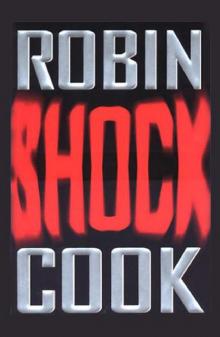 Shock
Shock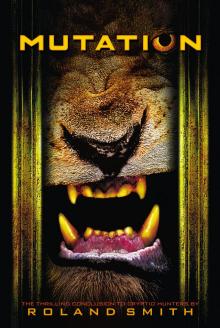 Mutation
Mutation Chromosome 6
Chromosome 6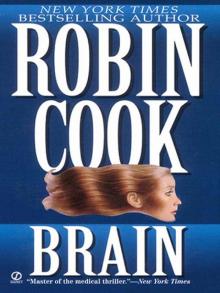 Brain
Brain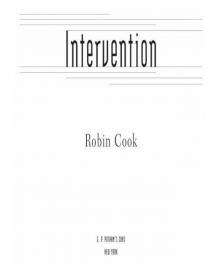 Intervention
Intervention Invasion
Invasion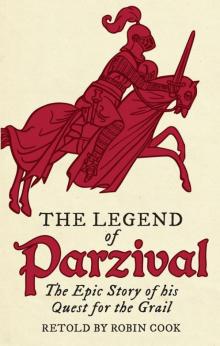 The Legend of Parzival: The Epic Story of His Quest for the Grail
The Legend of Parzival: The Epic Story of His Quest for the Grail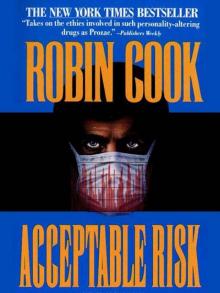 Acceptable Risk
Acceptable Risk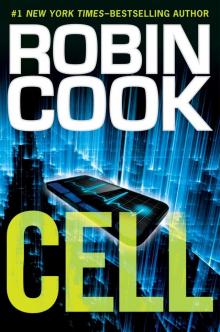 Cell
Cell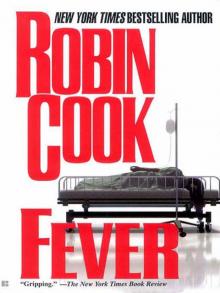 Fever
Fever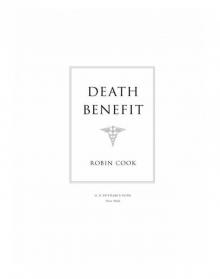 Death Benefit
Death Benefit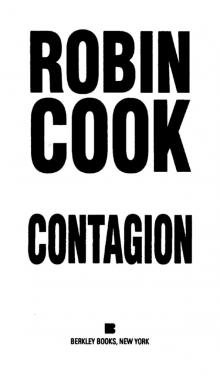 Contagion
Contagion Mindbend
Mindbend Coma
Coma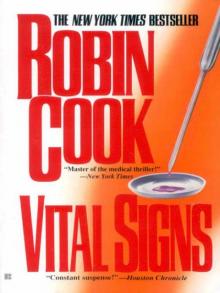 Vital Signs
Vital Signs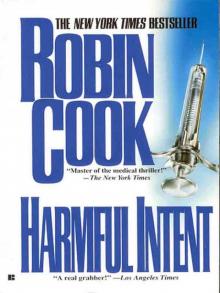 Harmful Intent
Harmful Intent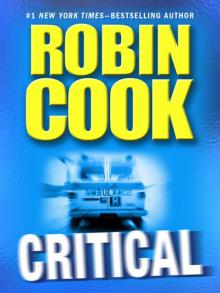 Critical
Critical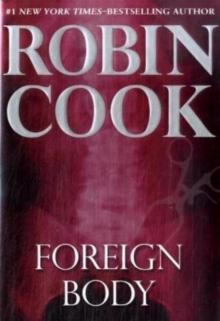 Foreign Body
Foreign Body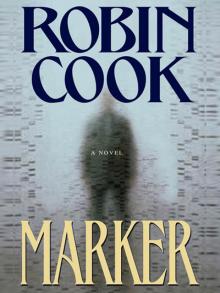 Marker
Marker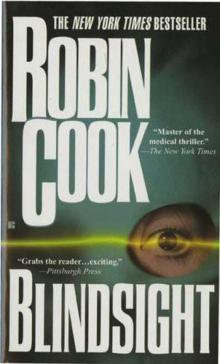 Blindsight
Blindsight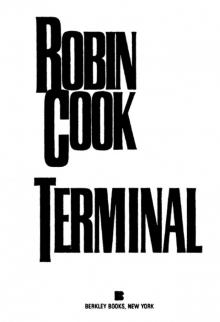 Terminal
Terminal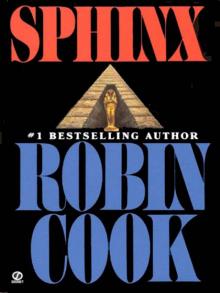 Sphinx
Sphinx Fatal Cure
Fatal Cure Host
Host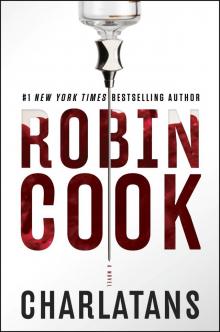 Charlatans
Charlatans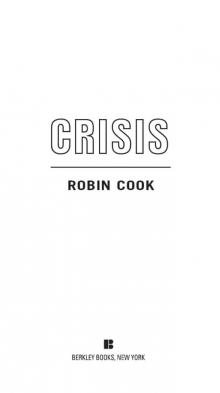 Crisis
Crisis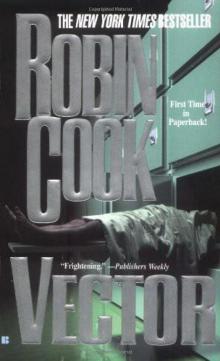 Vector
Vector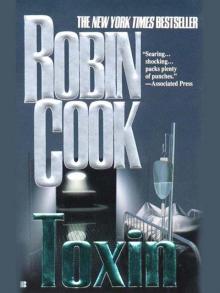 Toxin
Toxin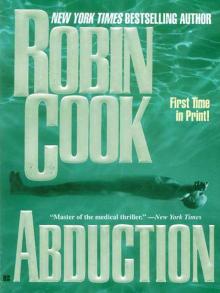 Abduction
Abduction Viral
Viral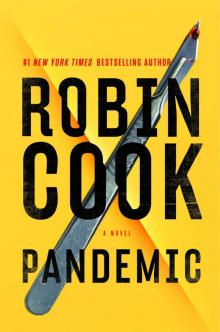 Pandemic
Pandemic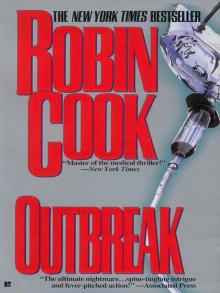 Outbreak
Outbreak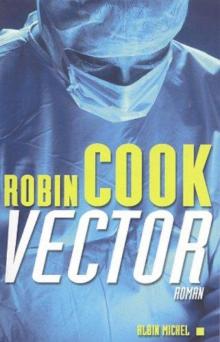 Vector js&lm-4
Vector js&lm-4 Godplayer
Godplayer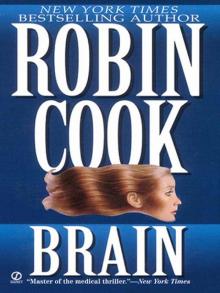 A Brain
A Brain Year of the Intern
Year of the Intern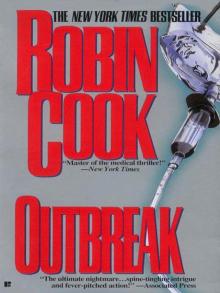 Outbreak dmb-1
Outbreak dmb-1 Cure
Cure Mortal Fear
Mortal Fear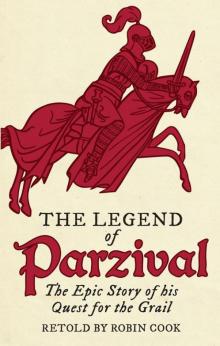 The Legend of Parzival
The Legend of Parzival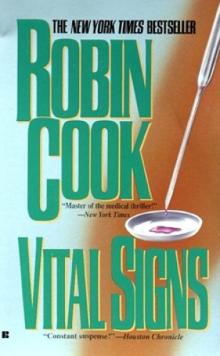 Vital Signs dmb-2
Vital Signs dmb-2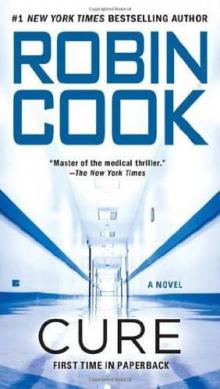 Cure (2010) sam-10
Cure (2010) sam-10 Blindsight sam-1
Blindsight sam-1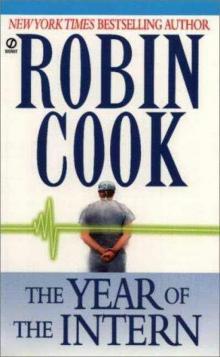 The Year of the Intern
The Year of the Intern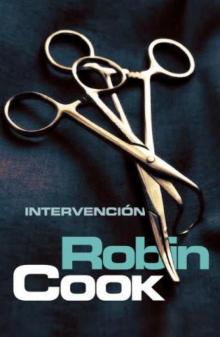 Intervention sam-9
Intervention sam-9 Foreign Body sam-8
Foreign Body sam-8